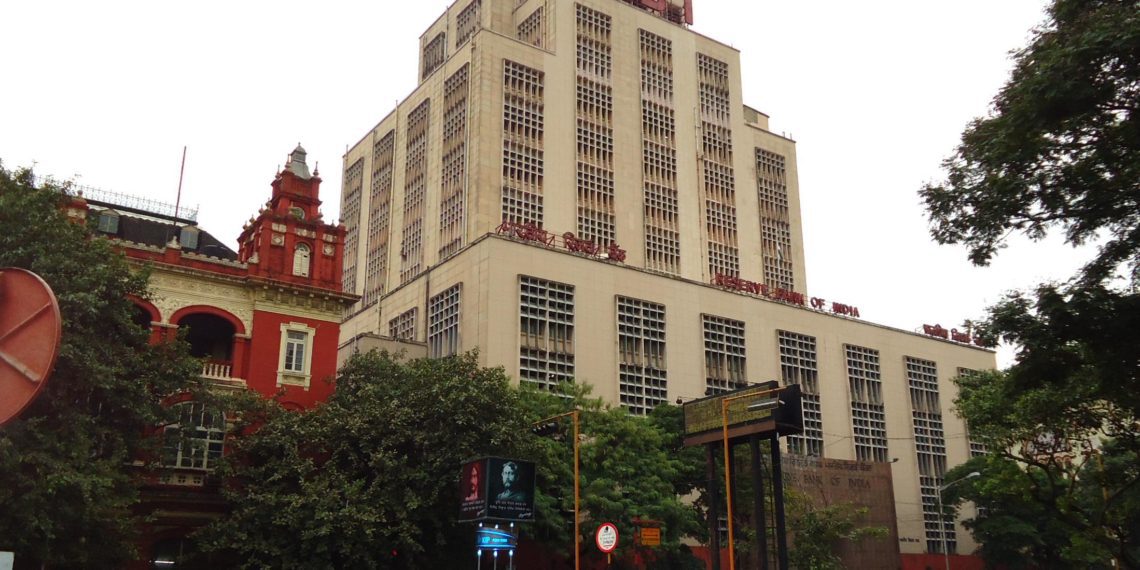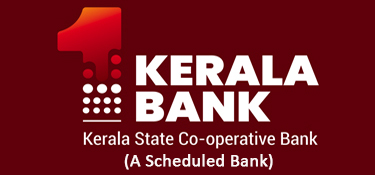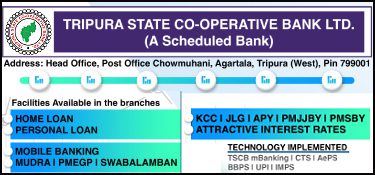The Reserve Bank of India (RBI), in its Financial Stability Report for December 2024, has shed light on the performance and resilience of Urban Cooperative Banks (UCBs). The report highlights that the Capital to Risk-Weighted Assets Ratio (CRAR) of UCBs remained robust at 17.5% in September 2024, driven primarily by Tier 1 institutions.
Similarly, UCBs recorded a credit growth of 7.4% year-on-year in September 2024, with both Scheduled UCBs (SUCBs) and Non-Scheduled UCBs (NSUCBs) contributing to this increase.
Despite this positive trend, challenges persist in the form of asset quality. The Gross Non-Performing Assets (GNPA) and Net Non-Performing Assets (NNPA) ratios rose compared to March 2024 but remained below the levels recorded in September 2023. Notably, the GNPA ratios of large borrowers, who represent 23.8% of UCBs’ loan books, followed a similar trajectory.
The report also reveals a decline in the Provisioning Coverage Ratio (PCR) to 67.5% in September 2024, down from its improved level in March 2024. Profitability indicators, including Return on Assets (RoA) and Return on Equity (RoE), increased between March and September 2024.
However, these metrics showed a decline when compared to the same period in 2023, primarily due to a broad-based moderation in Net Interest Margins (NIM).
In terms of resilience, all Tier 4 UCBs, the largest category with deposits exceeding Rs 10,000 crore, were found capable of meeting the regulatory CRAR requirement of 10% under a severe stress scenario for credit default risk.
However, under stress scenarios for credit concentration risk, one Tier 4 UCB would fall short, while two Tier 4 banks could face liquidity mismatches exceeding 20% in the 1-28 days maturity bucket.
For Tier 2 and Tier 3 UCBs, credit default risk and concentration risk under severe stress scenarios posed significant challenges. Interestingly, the smallest UCBs (Tier 1) demonstrated resilience across all tested risk factors.
The report also highlighted the RBI’s stringent regulatory measures between June and November 2024, during which monetary penalties were imposed on 153 regulated entities, including public sector banks, private banks, foreign banks, regional rural banks, cooperative banks, NBFCs, and housing finance companies. A total penalty amounting to Rs 29.64 crore was levied for non-compliance with statutory provisions and RBI directions.
As of September 30, 2024, 1,989 banks were registered with the Deposit Insurance and Credit Guarantee Corporation (DICGC). This included 139 commercial banks, comprising small finance banks, payment banks, regional rural banks, and local area banks, alongside 1,850 cooperative banks.
The report underscores both the strengths and vulnerabilities of the urban cooperative banking sector, emphasizing the need for continued vigilance and regulatory oversight to ensure stability and sustained growth.





















































